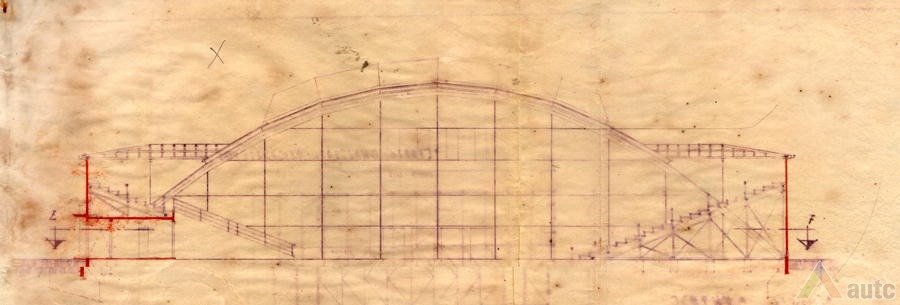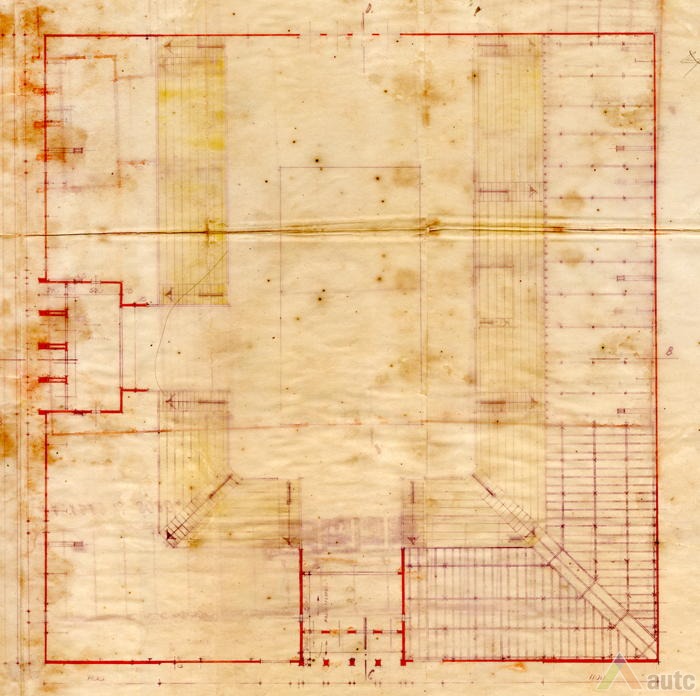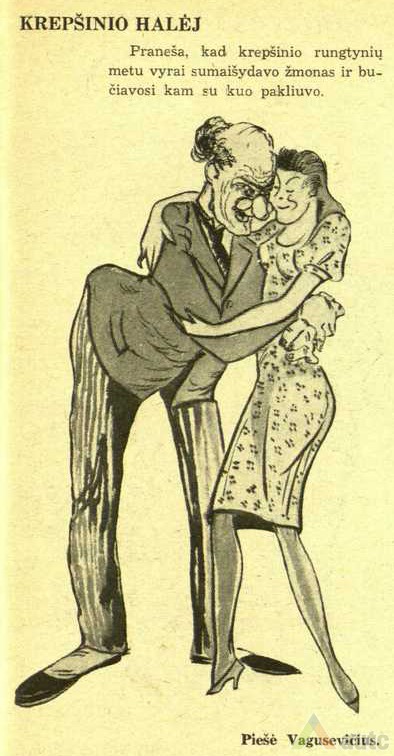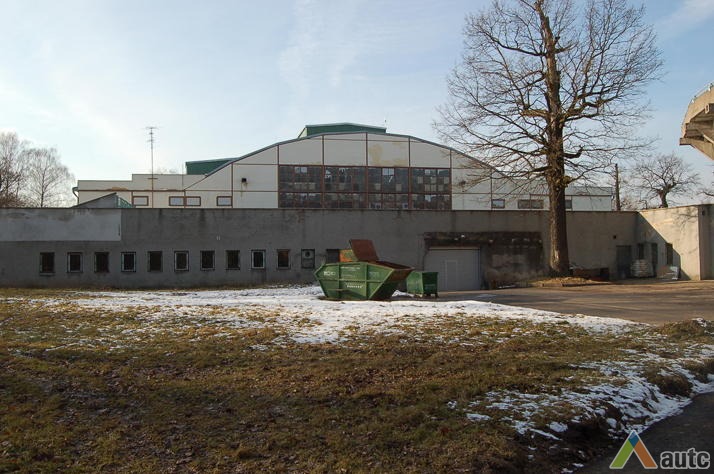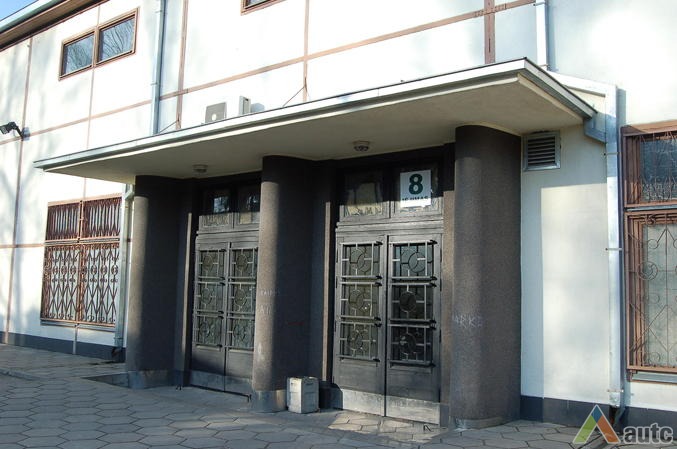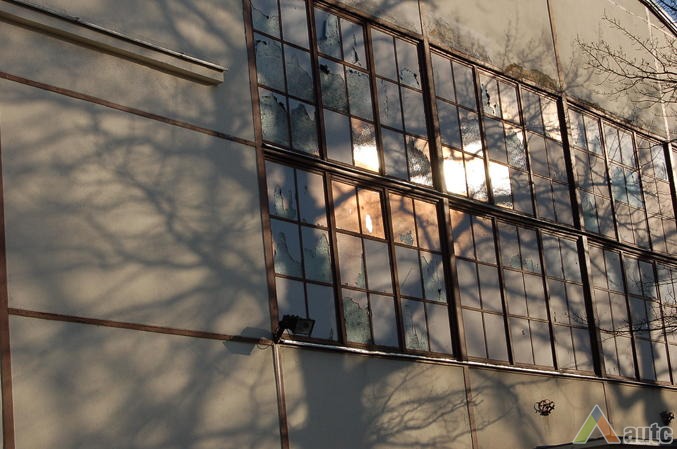



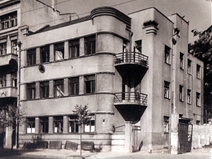



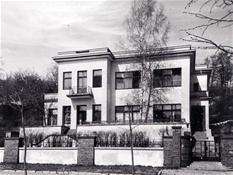

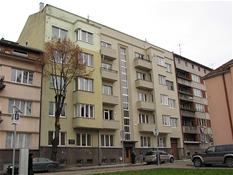
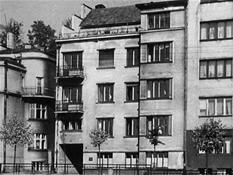











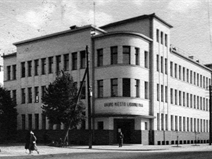



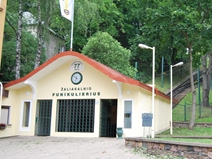




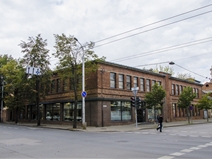


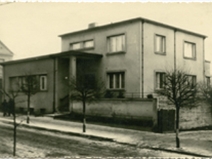
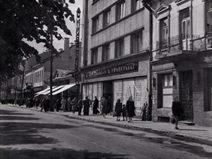




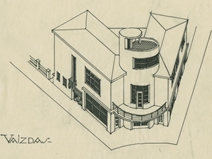






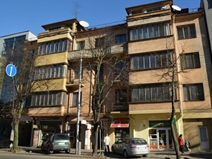

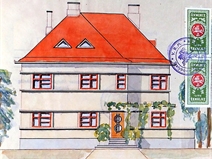





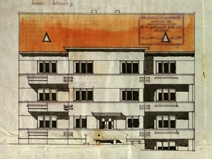
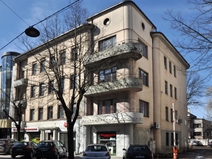
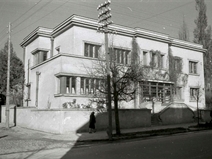



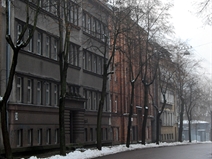





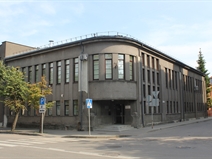








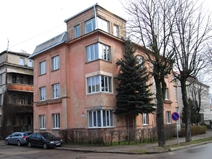
Kaunas Sports Hall is one of the most popular and widely covered Lithuanian architectural monuments of the interwar period. The object ordered by the Palace of Physical Culture, together with the football pitch, running tracks, the Palace of Physical Culture (1934), and the national stadium (1935) were part of the sports complex developed near Ąžuolynas. The European Male Basketball Championship held in 1939 even granted this place an international status. Not only because of Lithuania’s triumph, but also thanks to the modern basketball arena. European basketball functionaries at that time considered the hall to be “the only hall in Europe of such quality” designed specifically for basketball.
However, despite its international significance, the construction of the hall was limited not only by time (the hall was finished in half a year), but also by the lack of financial resources: “The goal was to have a building with maximum capacity by using cheapest measures”. Nevertheless, we can argue that the architectural expression of the building was hardly affected by that. On one hand, we had a building of impressive technical characteristics: “The hall, capable of housing eleven thousand spectators (3.5 thousand seated), was 63 m long, 61 m wide and 15.2 m high in the middle. Technical design was based on four bolted steel arches of 61 m, set apart from each other by 13.2 m, and resting on strong 80 m3 reinforced concrete foundations. Each arch, weighing 12 tons, consisted of 12 sections. The walls were made of metal frachverch construction, the stands were wooden, and the roof was out of boars covered with roofing felt.” On the other hand, utilitarian construction represented existensminimum ideals characteristic of international modernist architecture of that time.
Hence, an ascetic and plain, yet monumental in its scope the building became a real monument to Lithuanian zeitgeist at that time. However, it is interesting to note that people had differing opinions on the architecture of the building at the time of its building. For example, weekly magazine on culture, literature and art Naujoji Romuva published a text in 1939, signed by initials A. T., whose author called the sports hall a “failure” and “ugly” and argued that “it is unlikely that there will be anyone who can say that it is a highlight”.
Vaidas Petrulis


